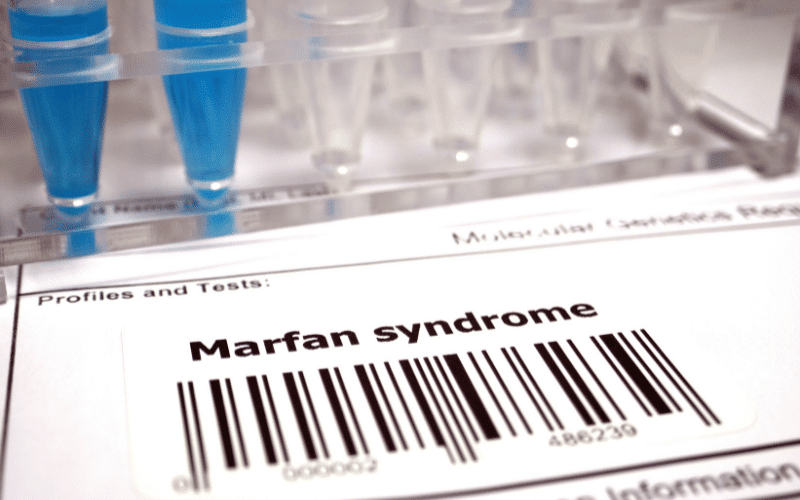Introduction: The Intricacies of Marfan Syndrome

The realm of medical science is vast, encompassing a myriad of conditions that affect people from all walks of life. Marfan syndrome is one such condition — a uncommon disease that has the potential to significantly impact a person’s quality of life. Marfan syndrome is a genetic disorder affecting the body’s connective tissue, which plays a crucial role in maintaining the structural integrity of various organs and systems. This rare condition, caused by a mutation in the FBN1 gene that instructs the body to produce fibrillin-1, a protein essential for the formation of elastic fibers found within connective tissues. It can manifest in a wide range of symptoms, making it challenging to diagnose and manage. In this article, we will shed light on 10 Marfan syndrome symptoms and delve into the root causes behind this serious ailment. By understanding these symptoms and causes, we can better support those living with Marfan syndrome and promote awareness for early detection and intervention.
Marfan syndrome primarily affects the body’s connective tissues, which are integral to the proper functioning of our organs and structures. These tissues are responsible for providing strength, flexibility, and support to various parts of the body. When an individual has Marfan syndrome, their connective tissues are weakened, leading to a range of symptoms that can manifest in different ways.
The symptoms of Marfan syndrome can vary significantly among individuals, ranging from mild to life-threatening. As a result, it is vital for both patients and healthcare providers to remain vigilant and recognize the early warning signs of the disorder. By doing so, they can initiate appropriate interventions and work towards minimizing potential complications. In the following sections, we will explore 10 key symptoms and challenges associated with Marfan syndrome, highlighting the importance of early detection and intervention to optimize health outcomes.
Symptom 1: Long Limbs and Fingers: The Unusual Hallmark of Marfan Syndrome

Marfan syndrome often casts a telling shadow, etching a unique physical blueprint in the form of a tall and slender physique. The elongated limbs and fingers associated with Marfan syndrome are not mere random oddities; they’re the result of a flaw at the molecular level. This bodily signature can be visually striking, influencing the very silhouette of a person, etching a stark reminder of the disorder’s genetic basis.
Interestingly, the long limbs and fingers are a byproduct of excessive growth in the long bones. This disproportionate growth, known as dolichostenomelia, becomes particularly prominent during the growth spurt in adolescence.
Furthermore, the elongated extremities contribute to the characteristic spider-like fingers, known as arachnodactyly. Patients may also exhibit thumb and wrist signs—where the thumb extends well beyond the edge of the clenched hand, or the wrist can be encircled by the opposite hand with overlapping fingers.
What seems on the surface as simply long limbs and fingers opens up an intriguing window into the interplay of genes, proteins, and connective tissues. It’s a remarkable demonstration of how minute changes at the molecular level can manifest as visible changes in human anatomy.
Yet, beneath the conspicuous physical markers, there’s a more profound implication: the body’s vital systems might also be affected by this disorder. The same genetic flaw that causes disproportionate limb length could also cause abnormalities in the heart, eyes, and other organ systems. It’s a stark reminder of how intertwined our body systems are and how a mutation in a single gene can disrupt this intricate balance. (1)